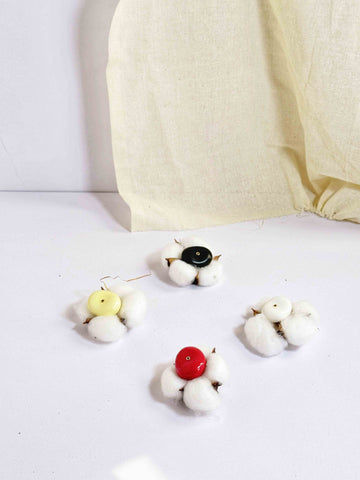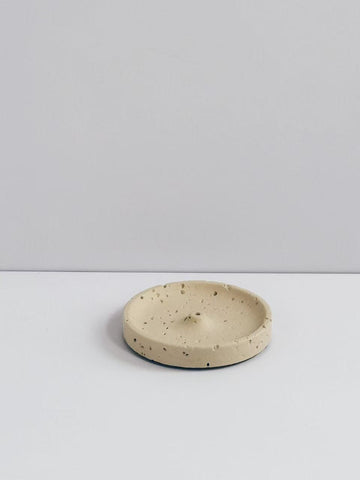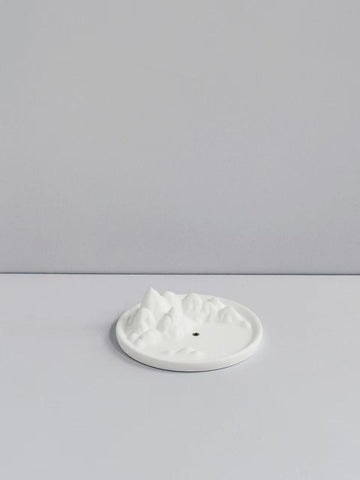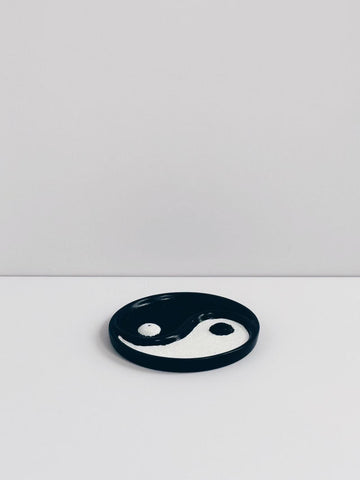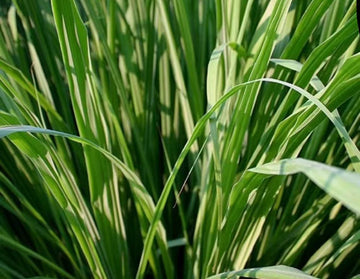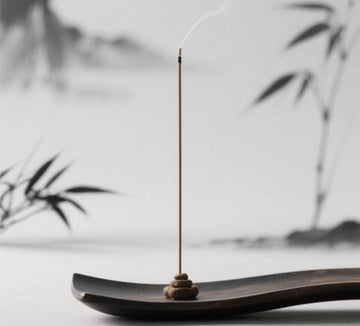In the realm of natural remedies and wellness rituals, incense has been cherished for centuries for its calming aroma, spiritual significance, and therapeutic effects. But beyond meditation and ambiance, a growing question is capturing the attention of health-conscious consumers and nature lovers alike:
Does incense repel bugs?
The short answer is: Yes—but it depends on the ingredients. While not all incense sticks are effective against insects, certain natural materials used in traditional or handcrafted incense formulations have been shown to naturally repel mosquitoes, flies, and other pests.
In this comprehensive guide, we’ll explore the science, tradition, and practical effectiveness behind insect-repelling incense. From citronella to lemongrass, from temple rituals to backyard summers, discover how incense can fit into a natural, chemical-free bug control routine.
Understanding the Basics: What Is Incense?
Incense refers to aromatic materials that release fragrant smoke when burned. Traditionally used in spiritual ceremonies, homes, and temples, incense comes in various forms: sticks, cones, coils, or powders.
Most modern incense sticks are composed of:
-
Plant powder (often wood-based, such as sandalwood or agarwood)
-
Natural binder (like makko powder or charcoal)
-
Aromatic ingredients (such as herbs, spices, essential oils)
Natural incense is distinct from synthetic incense, which may contain artificial fragrances or additives. For bug-repellent purposes, natural incense with specific botanical ingredients is preferred.
Bug-Repelling Incense vs. Chemical Mosquito Coils
It’s crucial to differentiate natural incense sticks from mosquito coils, even though both are burned and produce smoke.
| Feature | Natural Incense | Mosquito Coils |
|---|---|---|
| Main purpose | Aromatic experience, ritual, ambiance | Repel or kill mosquitoes |
| Core ingredients | Wood powder, herbs, natural oils | Pyrethroids, allethrin, sometimes synthetic binders |
| Chemical additives | None (in handmade incense) | Yes (synthetic insecticides) |
| Fragrance | Natural, subtle, enjoyable | Sharp, chemical, utilitarian |
| Safety | Safer for humans and pets when well-ventilated | Potentially harmful with long exposure indoors |
| User experience | Meditative, relaxing, holistic | Functional but rarely pleasant |
Mosquito coils commonly contain insecticidal compounds such as allethrin or DDVP (dichlorvos)—substances designed to either repel or kill insects. While effective, these substances may raise concerns about respiratory irritation or long-term indoor exposure.
In contrast, natural incense is not intended to kill insects but can repel them if certain ingredients are included.
What Makes Incense Repel Bugs?
To effectively repel bugs, incense must contain botanicals with insect-repelling properties. Several plants used in traditional incense-making have been shown in scientific studies to drive away mosquitoes, gnats, and other insects.
Common Natural Ingredients in Bug-Repelling Incense:
|
Ingredient |
Insect-Repelling Effect |
Scientific Basis |
|
Citronella |
Strong repellent against mosquitoes |
NIH Studies confirm its efficacy |
|
Lemongrass |
Disrupts mosquito detection receptors |
Contains citronellal and geraniol |
|
Patchouli |
Effective against flies, beetles |
Traditional pest repellent in Asia |
|
Neem |
Mosquito deterrent, non-toxic to humans |
Ayurvedic and entomological research support its use |
|
Clove |
High in eugenol, repels ants, flies, mosquitoes |
Used in natural insect spray |
|
Eucalyptus |
Effective against mosquitoes and ticks |
Citriodiol extract has WHO backing |
|
Bay leaves |
Natural fly repellent |
Often used in kitchens for this purpose |
|
Holy Basil (Tulsi) |
Deters mosquitoes and flies |
Widely used in Indian households |
When these natural materials are ground into powder or infused into incense sticks, they release volatile oils upon burning. These essential oil compounds create a smoke barrier that can mask human scent and interfere with the insects' olfactory navigation.
The Role of Incense Smoke in Insect Behavior
Insects such as mosquitoes are primarily guided by their sense of smell. They detect carbon dioxide, body heat, and sweat-based chemicals. When incense smoke is introduced to the air, it can:
-
Mask the chemical trails insects use to detect humans.
-
Overwhelm sensitive antennae receptors with aromatic compounds.
-
Create a smoky barrier that bugs are less likely to cross.
While incense does not kill bugs (unless chemically altered), it acts as a natural deterrent, reducing the likelihood of bites and swarming in small areas.
Field Evidence: Traditional Use of Incense to Repel Insects
In many cultures, natural incense has long served as a multifunctional tool—part spiritual ritual, part environmental enhancer, part insect control.
-
In Southeast Asia, temples often burn herbal incense with citronella or agarwood to keep mosquitos at bay during evening prayers.
-
In Japan, traditional incense made from clove and cinnamon was used in summer months to deter flies and gnats.
-
In India, sacred herbs like Tulsi and Neem are used in dhuni smoke to purify spaces and naturally repel pests.
These practices were developed long before synthetic insecticides, and their continued use reflects centuries of empirical knowledge.
Does All Incense Repel Bugs?
No. The insect-repelling ability of incense depends entirely on the ingredients.
-
Floral incense (e.g., rose, jasmine, lavender): Typically pleasant but do not deter bugs.
-
Agarwood incense (Oud): Highly aromatic, sometimes used to clear spaces, but not proven to repel bugs unless blended with citronella or clove.
-
Synthetic incense sticks: May contain artificial fragrance without functional benefits.
To effectively repel insects, look for incense with one or more of the active botanical repellents mentioned earlier.
Is It Safe to Use Incense for Bug Control?
Yes—with some conditions.
Best Practices:
-
Ventilation is key: Always burn incense in a well-ventilated area to avoid respiratory irritation.
-
Natural only: Choose handmade incense free from synthetic fragrances, binders, or accelerants.
-
Outdoors or semi-open spaces: Incense works best in patios, gardens, balconies, or doorways.
-
Combine with other methods: Incense is most effective when used alongside other mosquito-repelling strategies (nets, clothing, fans, etc.).
Real Use Case: Natural Incense vs. Chemical Mosquito Coil
Let’s say you're having dinner outdoors and want to keep bugs away.
-
Lighting a citronella incense stick made from lemongrass and clove can create a zone of protection without offensive smell.
-
Lighting a mosquito coil, while effective, may release smoke that irritates some users or pets due to the chemical agents.
For a safe, holistic experience, natural incense provides a satisfying middle ground.
Can Incense Be Part of a Natural Bug-Repelling Routine?
Absolutely. When thoughtfully formulated, natural incense infused with insect-repelling botanicals can serve as an elegant, non-toxic, and enjoyable way to reduce insect nuisance—especially for those seeking alternatives to chemical repellents.
Just remember:
Not all incense repels bugs, but certain incense can.
In short, incense isn’t a bug killer—it’s a gentle aromatic barrier, especially when crafted with nature’s own insect defense mechanisms.
Bonus: List of Incense Ingredients That Naturally Repel Insects
|
Ingredient |
Common in Handmade Incense |
Aroma Profile |
|
Citronella |
Yes |
Lemony, sharp |
|
Lemongrass |
Yes |
Fresh, citrusy |
|
Clove |
Yes |
Spicy, warm |
|
Neem |
Rare |
Bitter, earthy |
|
Tulsi (Holy Basil) |
Occasional |
Herbaceous |
|
Patchouli |
Yes |
Deep, musky |
|
Eucalyptus |
Yes |
Cool, minty |
When shopping for incense that can repel bugs, look for products that clearly list these ingredients, or choose brands that emphasize natural, handmade formulations.

